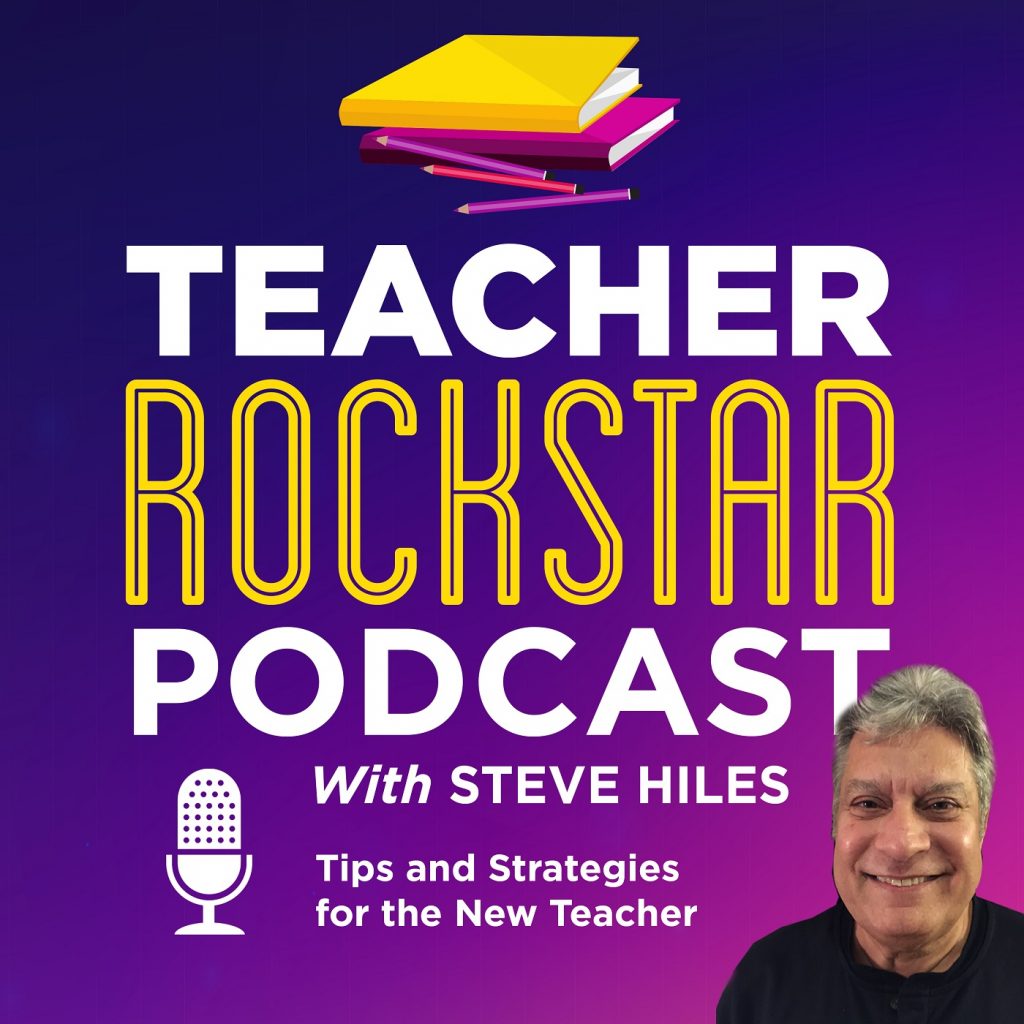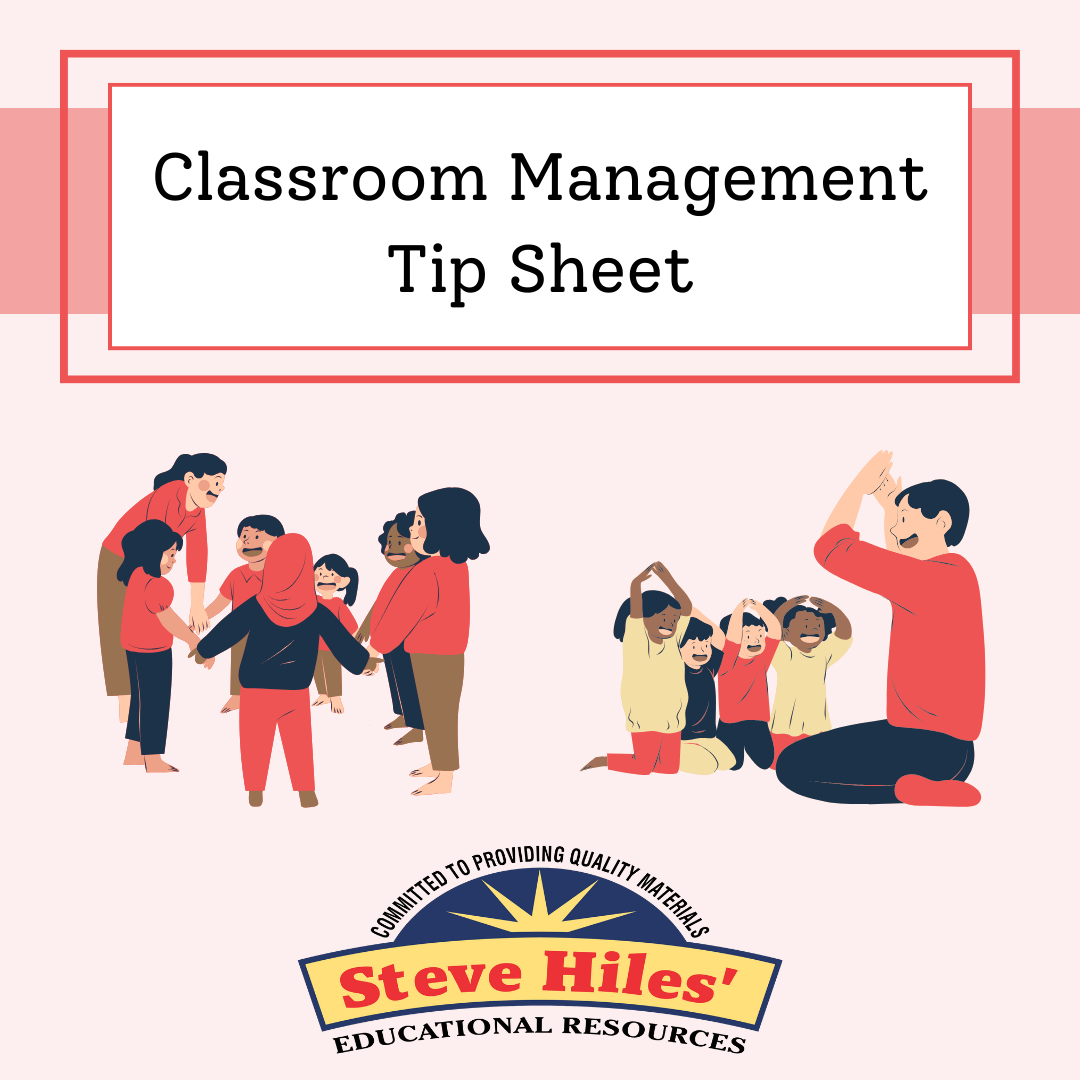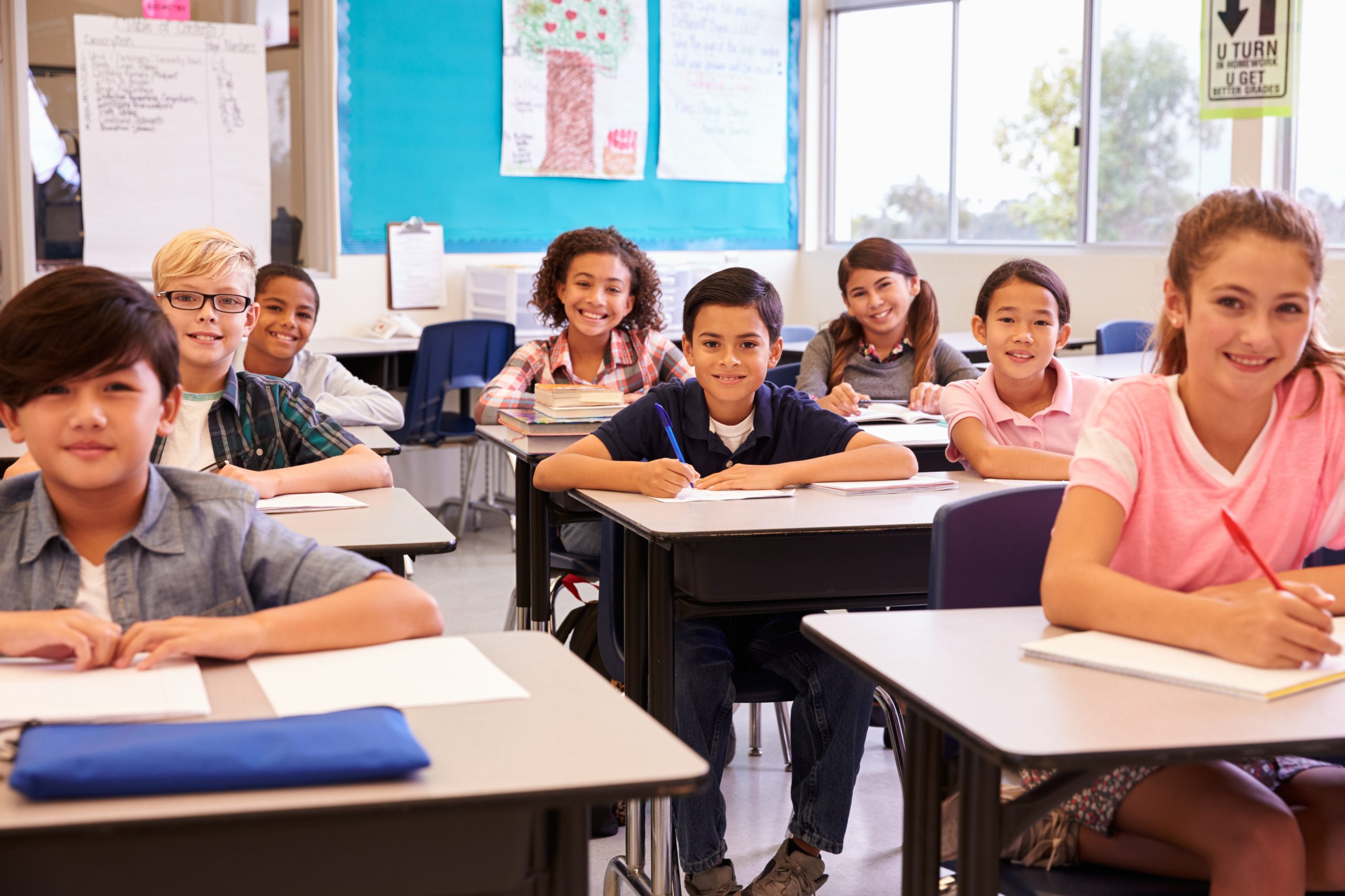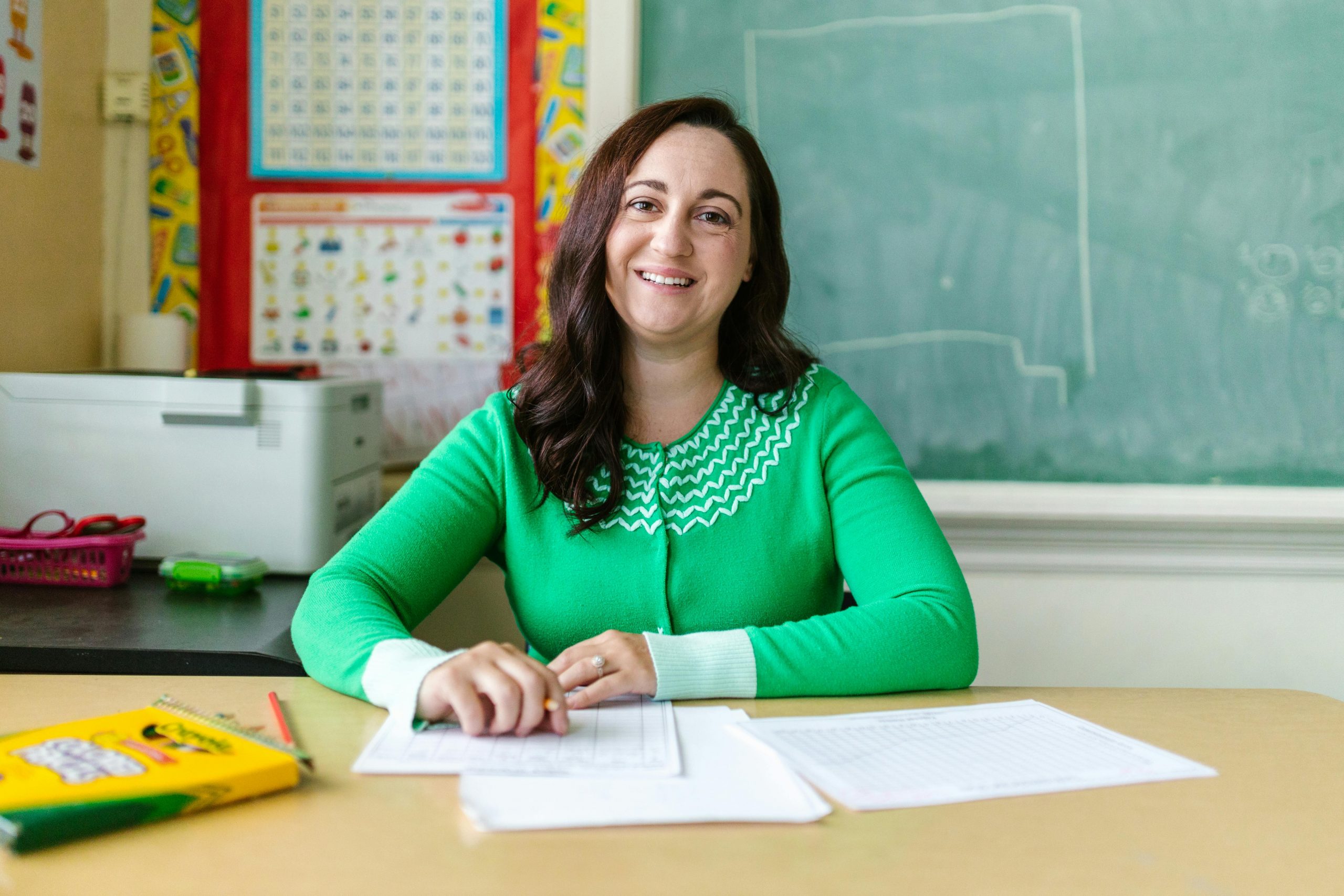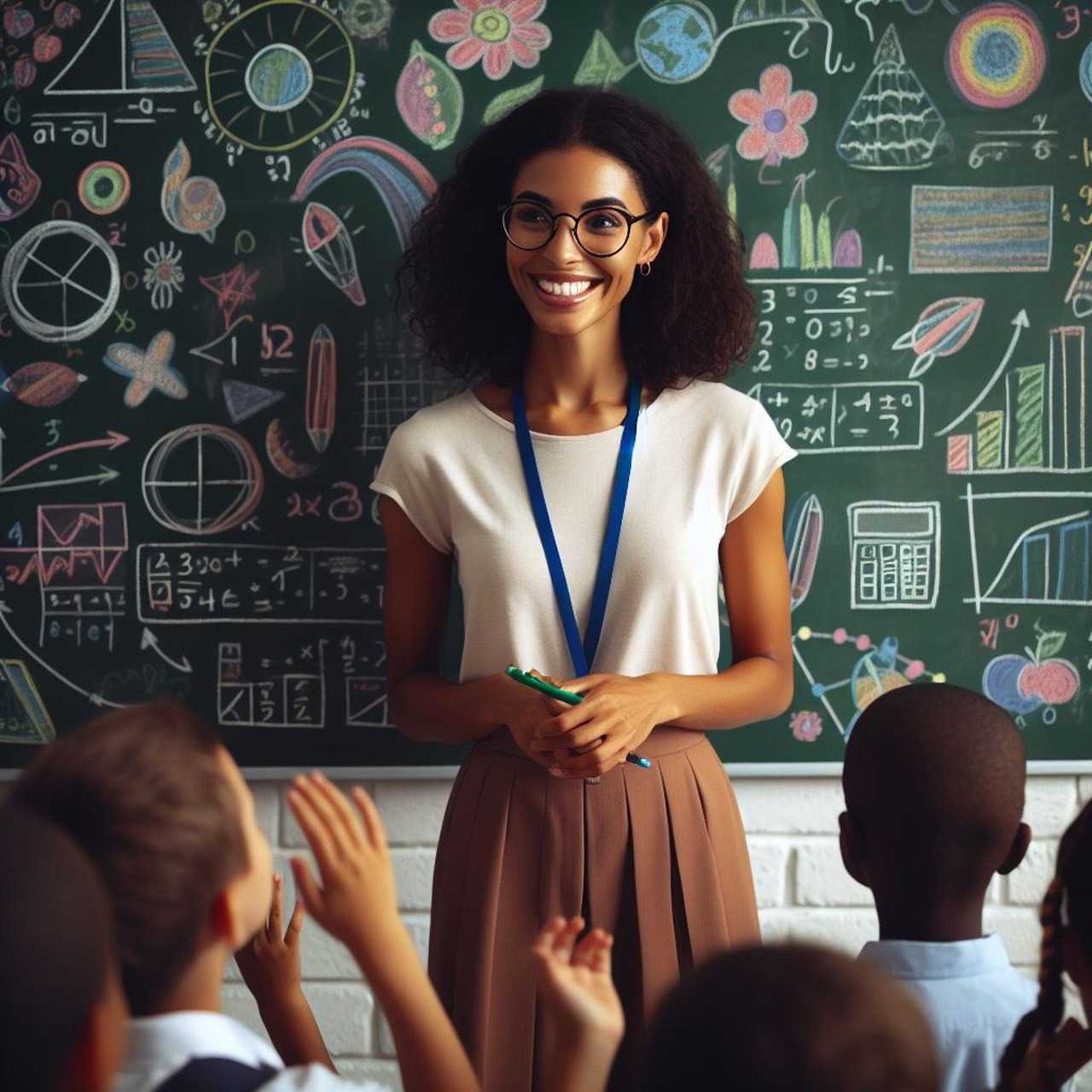In this blog article I’m going to be discussing How to Nurture the Failure of Making Mistakes Now! I’m going to be sharing nine specific strategies that you can use in your classroom to nurture mistake tolerance in the classroom.
One significant hurdle students’ face in their learning journey is the apprehension of making errors. However, as educators we have the power to transform this fear into a driving force, for advancement and innovation. Let’s explore how we can accomplish this.
- First and foremost, establishing a classroom atmosphere that normalizes mistakes as a natural part of the learning process is crucial. It all starts with how teachers handle mistakes. By showcasing a reaction to our errors, we communicate to students that nobody is without flaws and that learning is an ongoing journey. Sharing stories about times when we’ve made mistakes and learned from them helps humanize the learning process and sets an example.
- Moreover, incorporating feedback into teaching strategies is essential. To categorize responses as correct or incorrect, providing detailed actionable feedback that guides students toward understanding and improvement is key. This approach does not assist students in learning from their mistakes. Also diminishes the anxiety often associated with receiving feedback. Keep in mind the goal here is for students to see errors as opportunities for development than reflections of their abilities.
- Another effective strategy involves fostering a growth mindset among students.
Carol Dweck’s study on fixed versus growth mindsets highlights the importance of believing in the potential for skills to improve through dedication and hard work. Encouraging students to appreciate effort, persistence and progress, over talent is crucial. When students have faith in their capacity to get better, they are more likely to embrace challenges and view mistakes as learning opportunities.
- Moreover, it is vital to create environments where students can take risks in a supportive manner. This can be achieved by engaging them in hands-on projects, collaborative tasks and activities that encourage problem solving approaches. Allowing students to explore solutions and learn from their experiences helps them develop thinking skills and problem-solving abilities while normalizing the process of trial and error.
- Participating in classroom discussions also nurtures a culture that embraces errors. Encouraging students to share their thoughts and reasoning even if unsure of the answer not only improves understanding but also reinforces the idea that making mistakes and discussing them are essential parts of learning. Establishing an encouraging atmosphere where students feel free to express themselves is paramount.
- Furthermore, incorporating practices into your teaching routine can be advantageous.
After finishing a task or project it’s beneficial to encourage students to reflect on what they’ve learned from their mistakes and how they can use this knowledge going forward. Reflection helps reinforce learning outcomes and inspires students to view errors as chances for growth than hindrances.
This can be achieved by journal writing, engaging in group conversations or having one on one discussions. It’s important to customize teaching methods to meet the needs of each student.
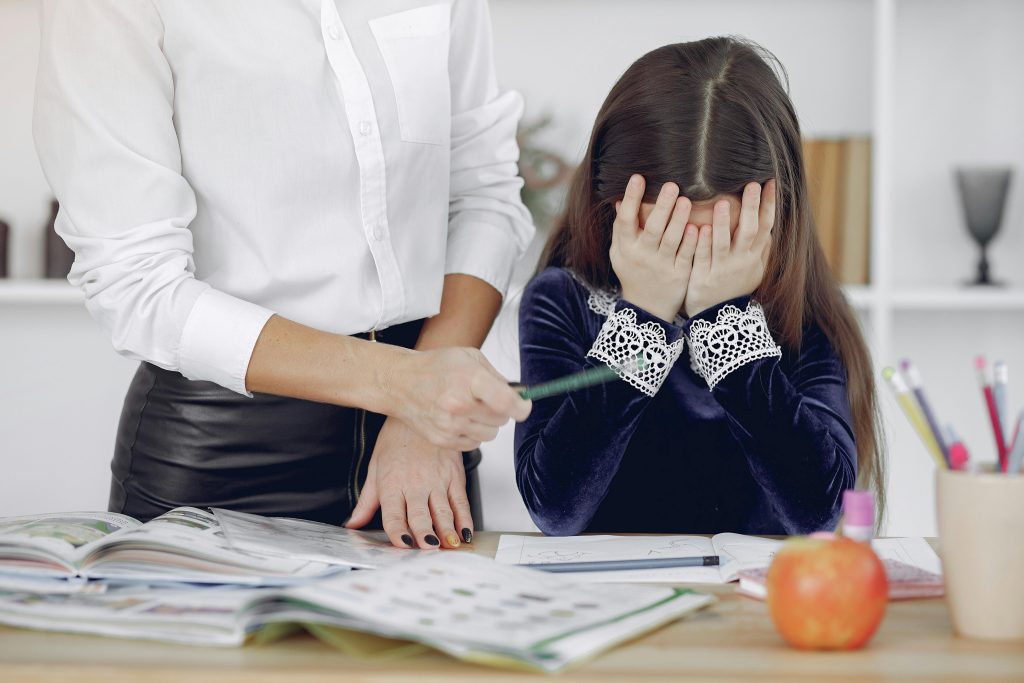
Recognize that every student learns at their pace and in their way. Provide learning paths and types of support to help each student succeed. When students feel listened to and supported, they are more likely to experiment with things and learn from their mistakes without feeling criticized.
- Encouraging collaboration among students can also enhance their acceptance of making mistakes. Through working students learn to value perspectives and realize that errors are a natural part of everyone’s learning journey. Collaborative learning fosters a sense of community. Shared progress, empowering students to assist each other in overcoming challenges.
- Moreover, incorporating technology and innovative teaching approaches can establish interactive learning environments. Educational games, simulations and digital tools offer feedback. Allow students to explore and learn from errors, in a stress-free setting.
Technology plays a role in improving the learning experience by adding dynamism and clarity in identifying and rectifying errors.
- Lastly, it’s essential to acknowledge and celebrate students’ progress alongside their work. It’s important to praise and admire students not for their accomplishments but for their perseverance, creativity and willingness to take risks.
Celebrations in settings can be as simple as giving compliments, presenting certificates or showcasing achievements on classroom displays. Recognizing and valuing the learning process, when mistakes occur helps reinforce the idea that growth and advances the primary goals.
In conclusion creating an environment that embraces mistakes in classrooms involves fostering a setting where students feel at ease taking risks and learning from their failures. By showcasing responses to errors, providing feedback encouraging a growth mindset and using diverse teaching methods we can empower our students to develop resilience and self-confidence. Let’s consider mistakes as chances for learning and guide our students towards becoming learners.




